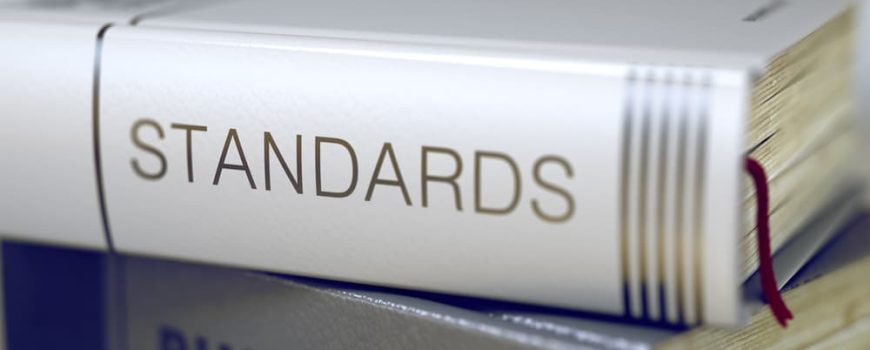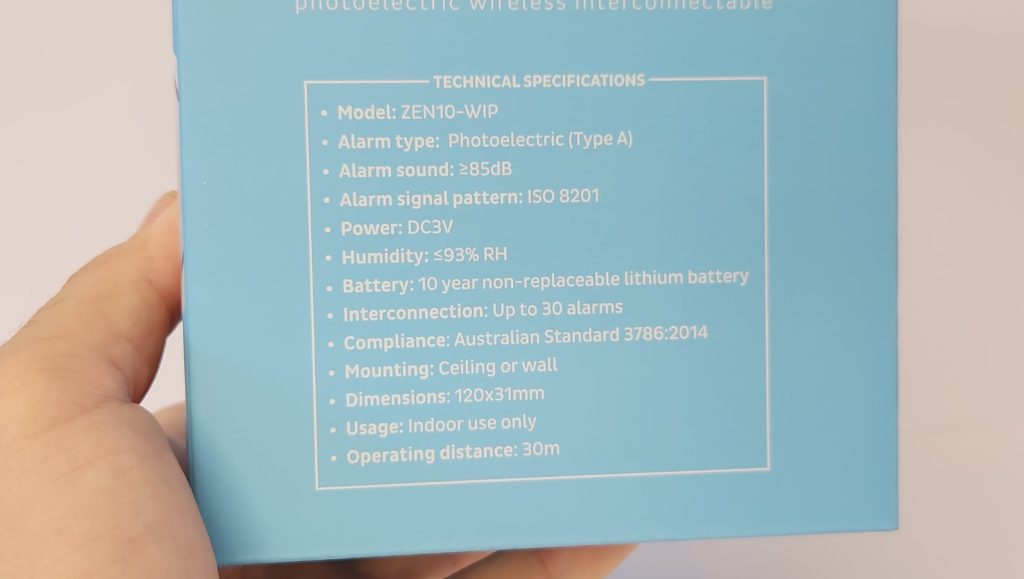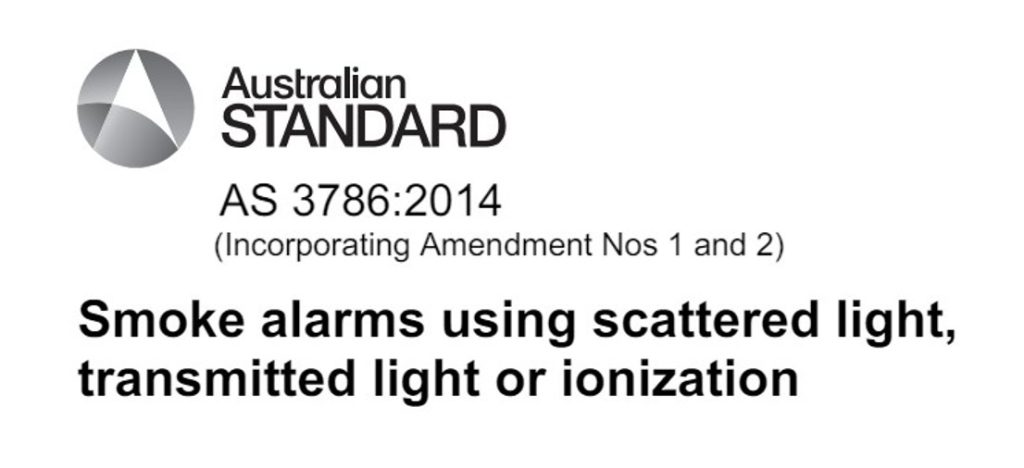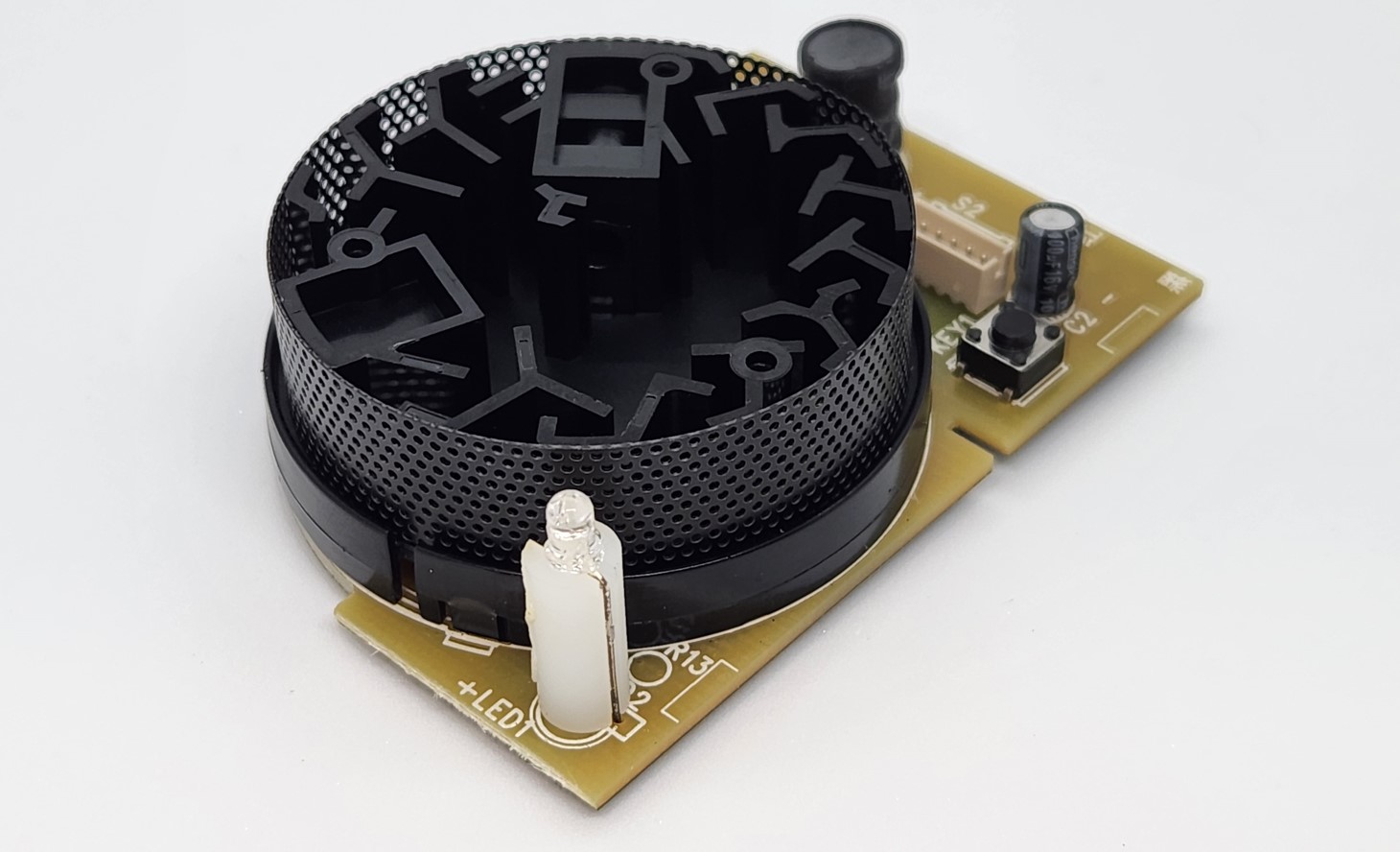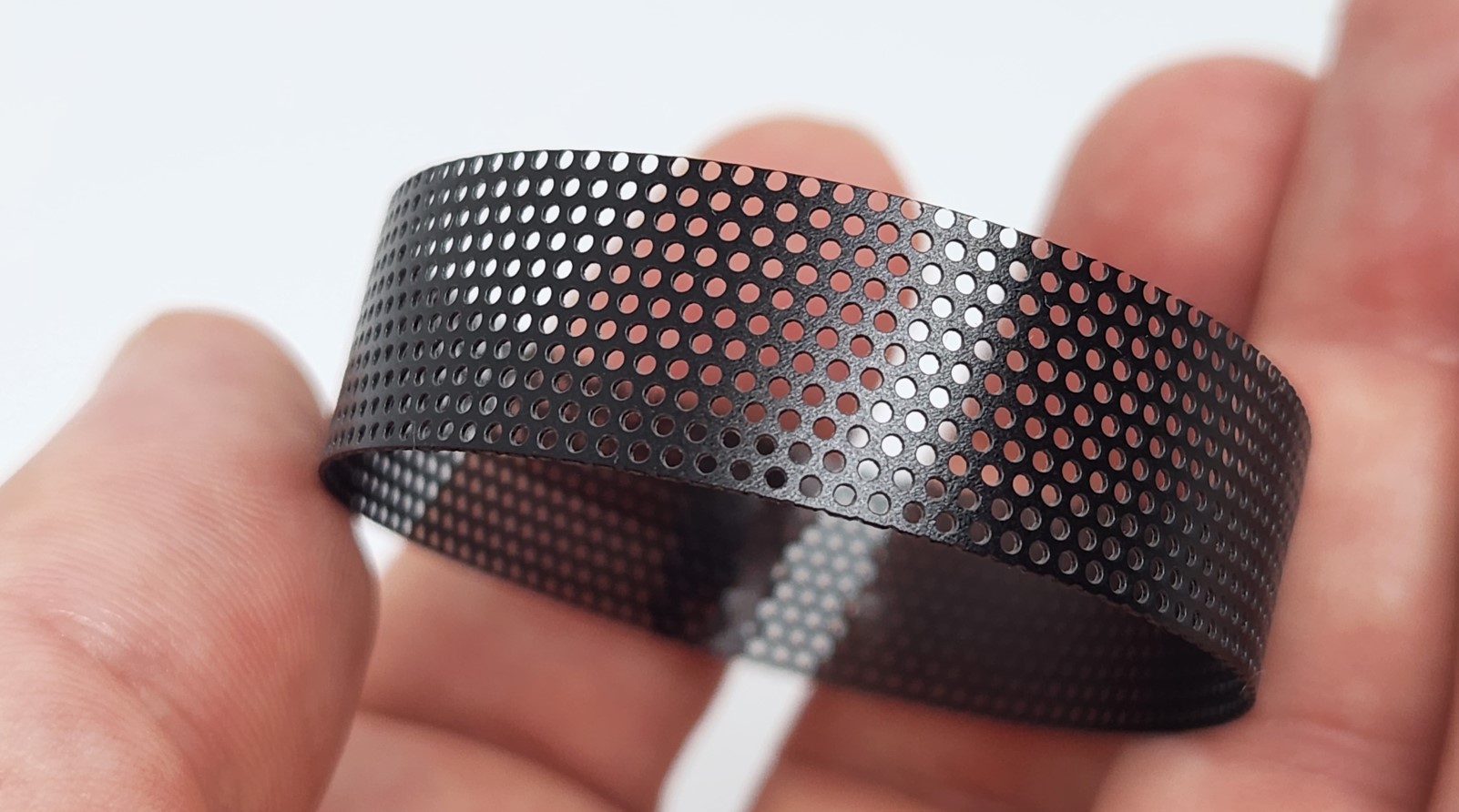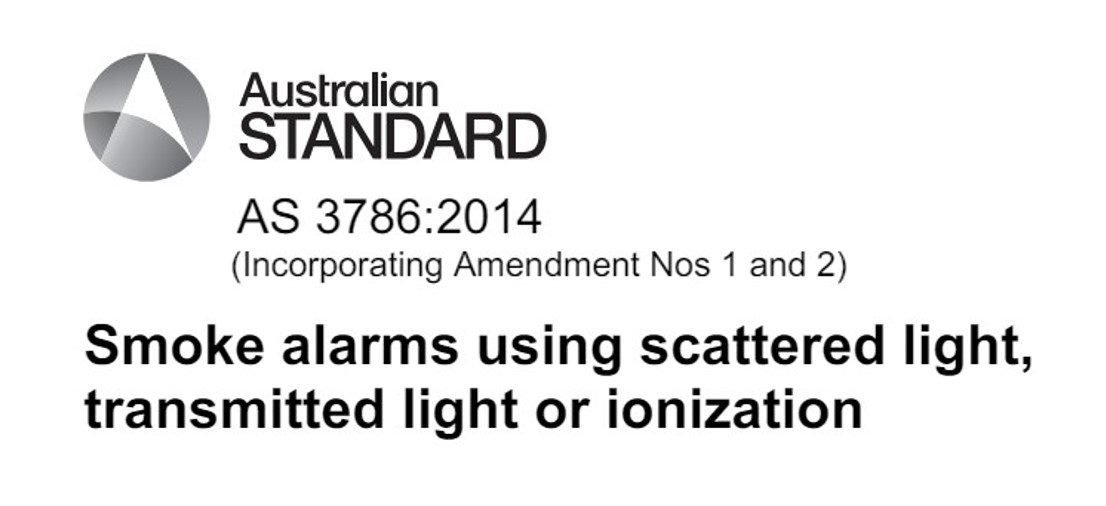On February 17, 2023, the Standards Australia Committee published a new Australian Standard for smoke alarms, known as Australian Standard 3786:2023. This standard replaces the previous version, Australian Standard 3786:2014. The superseding of standards is a common occurrence, as standards are regularly updated and amended over time. In the case of Australian Standard 3786, it has undergone multiple iterations since its initial release in 1990. This new standard has been introduced to ensure that Australian homes are equipped with the latest technology and guidelines for fire safety.

Why New Australian Smoke Alarm Standard 3786:2023?
Photoelectric Smoke Alarm Technological Advancements
With the emergence of new smoke alarm technologies and the evolution of existing ones, it was necessary to update the standard to incorporate these changes. This ensures that the standard remains relevant and reflects the current technology available in the Australian market. For example, the new standard now includes provisions for interconnected smoke alarms and their remote control devices.
Safety Considerations
Safety is of utmost importance in this standard. As new fire risks are identified and existing ones are better understood, the standard has been updated to address these concerns. This involves providing clearer guidelines for the safe usage of smoke alarms and associated testing protocols.
International Harmonization
In a globalized world, harmonizing standards across different countries and regions is key for interoperability and mutual recognition of products. Australian Standard 3786:2023 has been aligned with the International Standard ISO 12239:2021 for smoke alarms using scattered light, transmitted light, or ionization.
Feedback And Continuous Improvement
The development of Australian Standard 3786:2023 was an iterative process that took into consideration feedback from users, stakeholders, and experts. Committee members involved in the development included the National Fire Industries Association, Australian Building Codes Board, Property Council of Australia, CSIRO, and the Fire Protection Association Australia.

Differences Between AS 3786:2023 And AS 3786:2014 ?
Recognition Of Combination And Multi-Criteria Smoke Alarms
The new standard acknowledges the introduction of smoke alarms that combine multiple sensors within a single housing, allowing for enhanced detection capabilities.
Inclusion Of Unrelated Sensors In Photoelectric Smoke Alarms
The new standard references the inclusion of sensors within smoke alarms that are unrelated to smoke detection. For example, a smoke alarm could now include a carbon monoxide sensor, creating a dual purpose product that is both a carbon monoxide detector and smoke alarm. The new standard also introduces the use of heat alarms.
Additional Smoke Alarm Requirements
The new standard introduces new requirements for smoke alarms powered by mains household power, temporary disablement facilities, smoke alarms using radio frequency links, and assessment for wall-mounted smoke alarms. The standard also outlines additional information to be included in smoke alarm documentation.

Do I Need To Upgrade My Smoke Alarms Now So They Are
Compliant With Australian Standard 3786:2023?
No, if you have interconnected photoelectric smoke alarms that comply with Australian Standard 3786:2014, you do not need to upgrade them to comply with the new Australian Standard 3786:2023. Compliance with a standard only becomes a legal requirement when it is referenced in legislation by the Australian government or other regulatory bodies. Fire safety legislation in Queensland (and the rest of the Australia) still reference Australian Standard 3786:2014. The National Construction Code 2022 (only just adopted by states and territories from May 1, 2023) also references Australian Standard 3786:2014. Therefore, legal compliance to Australian Standard 3786:2014 is the prerequisite, and remains unchanged in the eyes of the law.

Want to know more? Watch our ZEN quick start video or call us on 0478 596 402 today.
We love talking smoke alarms!
ZEN Photoelectric Smoke Alarms
New Farm, QLD, 4005

